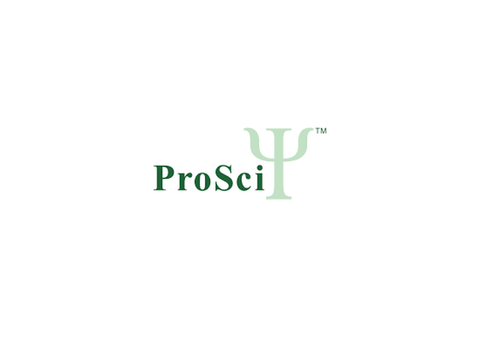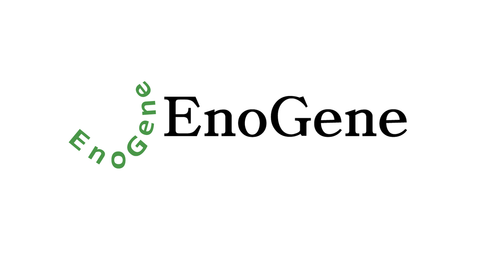Product Description
OTOP2 Antibody | 59-393 | ProSci
Host: Rabbit
Reactivity: Human
Homology: Predicted species reactivity based on immunogen sequence: Mouse
Immunogen: This OTOP2 antibody is generated from rabbits immunized with a KLH conjugated synthetic peptide between 336-363 amino acids from the Central region of human OTOP2.
Research Area: Neuroscience
Tested Application: WB
Application: For WB starting dilution is: 1:1000
Specificiy: N/A
Positive Control 1: N/A
Positive Control 2: N/A
Positive Control 3: N/A
Positive Control 4: N/A
Positive Control 5: N/A
Positive Control 6: N/A
Molecular Weight: 62 kDa
Validation: N/A
Isoform: N/A
Purification: This antibody is purified through a protein A column, followed by peptide affinity purification.
Clonality: Polyclonal
Clone: N/A
Isotype: Rabbit Ig
Conjugate: Unconjugated
Physical State: Liquid
Buffer: Supplied in PBS with 0.09% (W/V) sodium azide.
Concentration: batch dependent
Storage Condition: Store at 4˚C for three months and -20˚C, stable for up to one year. As with all antibodies care should be taken to avoid repeated freeze thaw cycles. Antibodies should not be exposed to prolonged high temperatures.
Alternate Name: Otopetrin-2, OTOP2
User Note: Optimal dilutions for each application to be determined by the researcher.
BACKGROUND: Otopetrins are multi-transmembrane domain proteins that share conserved gene and protein structure and are possibly involved in the formation of otoconia and otoliths. Located in the utricle and saccule of the inner ear, otoconia are complex calcium carbonate biominerals that are required for the normal sensation of gravity and linear acceleration. Vertigo and loss of balance may be attributed to degeneration of displacement of otoconia. The otopetrin family consists of three proteins, OTOP1, OTOP2 and OTOP3. These proteins have 12 putative transmembrane domains that are clustered into three otopetrin domains (OD-I, II and III) . OTOP1 was the first described member of the Otopetrin family. Mutations of OTOP1 leads to absence of otoconia or otoliths, though inner ear development is normal. OTOP2 and OTOP3 share significant structural similarity with OTOP1 and may also play a role in the formation of mineralized structures.
 Euro
Euro
 USD
USD
 British Pound
British Pound
 NULL
NULL














